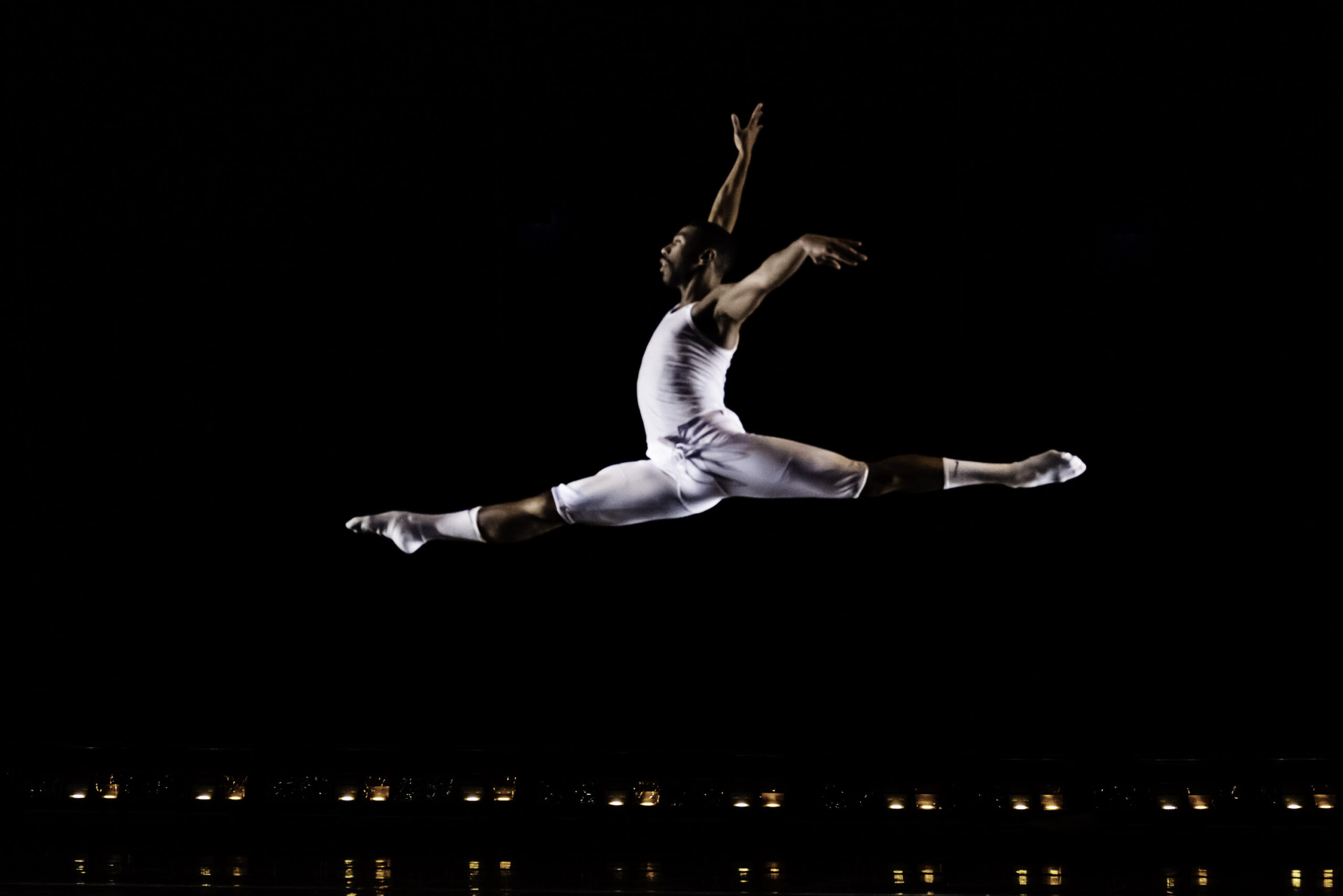Majors and Minors That Enrich a Dance Degree
For dancers who spent every spare moment of their childhoods camped out at the studio but also took their academic studies seriously, what comes after high school might feel like an either/or proposition: To dance or not to dance? Should you make a beeline for conservatory or company auditions, or dive full-throttle into collegiate academics?
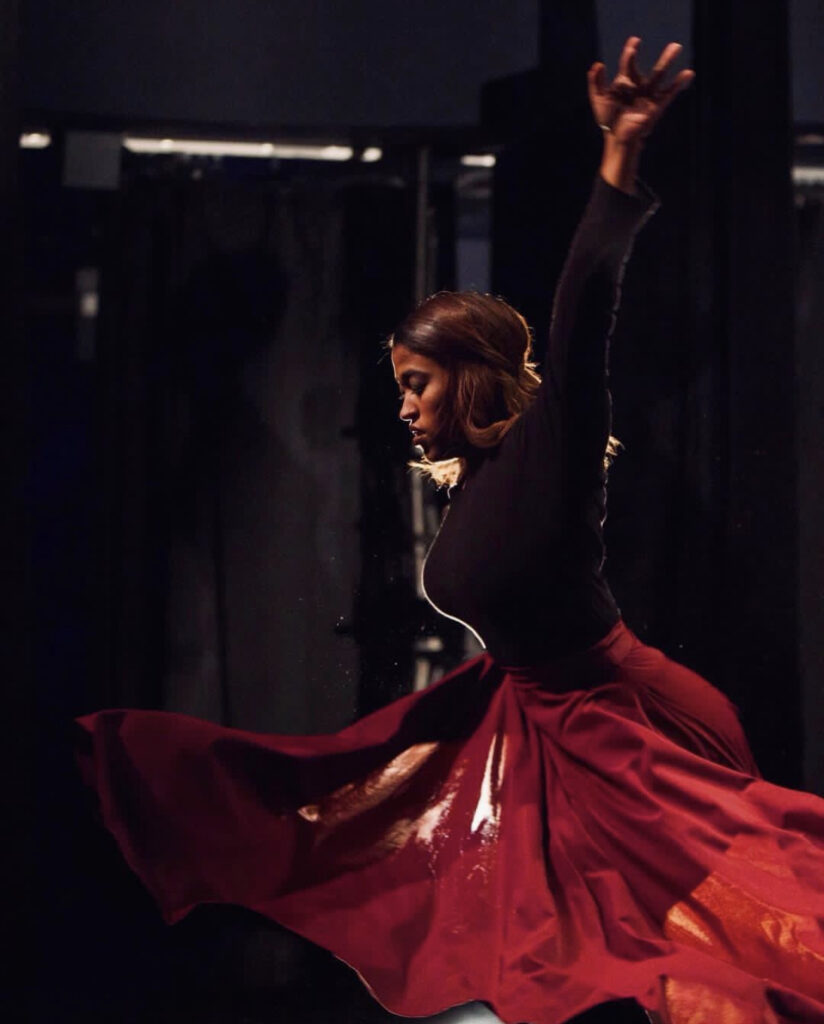
“There’s a real stigma of ‘If you’re going to do something else, you can’t dance’ or ‘If you’re going to dance, you can’t do anything else,’ ” says Alia Carponter-Walker, who grew up in Brooklyn, New York, and trained at The Ailey School. But Carponter-Walker chose to do both: She attended Skidmore College, graduating in 2016 with a double major in dance and international affairs, plus a minor in Spanish. “I love dancing, and I’m not giving up dancing. But there’s also so much more of who I am,” she says.
For many dancers, the right college path is a mixed one, where dance is one component in a combination of majors and minors. It’s a choice that allows them to explore diverse interests, discover unexpected intersections, and deepen their engagement and mastery on multiple fronts.
“They don’t want to just do one thing, and I love that attitude,” says Jennifer Salk, an associate professor and former chair of the dance department at the University of Washington, where about 80 percent of dance majors graduate with an additional major. Salk relishes seeing students synthesize what they’re learning in different arenas and become good citizens who will, each in their own way, contribute to society and the arts. “I love watching our students graduate with a bigger view of the world,” she says.
Double Life
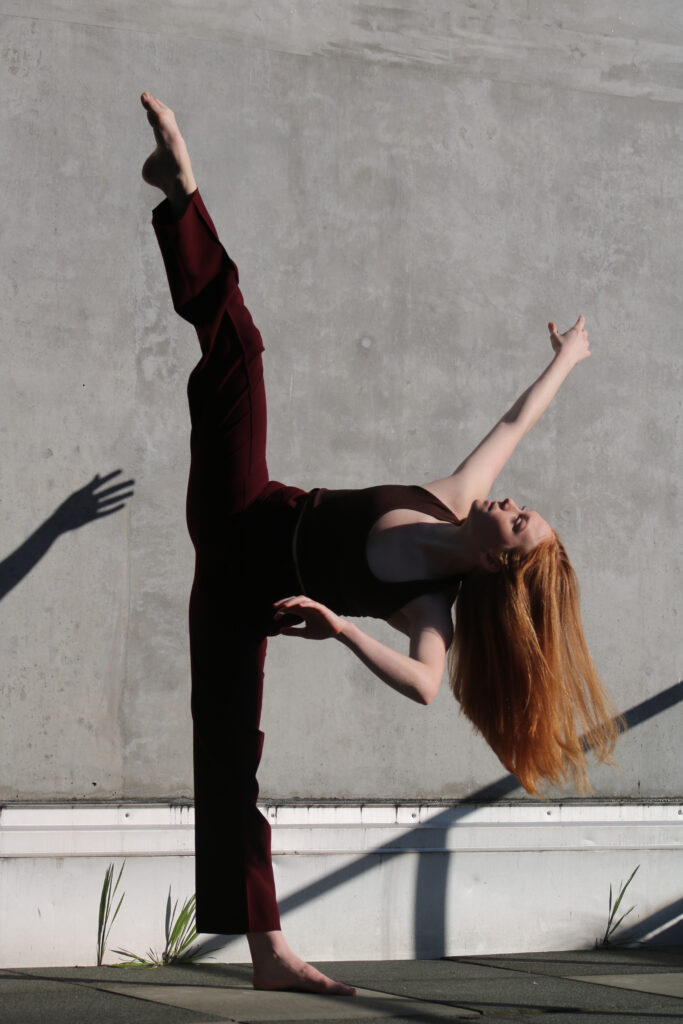
Like Carponter-Walker, Sidney Ramsey knew from the outset that she wanted to double-major in college. She was drawn to the University of Southern California for its nascent BFA program and equally excellent academics. In 2021, she became the first graduate from the USC Glorya Kaufman School of Dance to double up, earning a BA in health and human sciences (and a minor in psychology).
“It’s very easy when you’re in this conservatory-style program to feel like you’re in a bit of a vacuum,” Ramsey says. “Sometimes your whole identity feels wrapped into just dance.” With the mix, “there was a busyness to it and a balance to it,” she says, which helped her maintain her sense of self, perspective, and well-being.
But the path isn’t always immediately obvious. Mikaela Mallin, an aspiring research scientist, missed dance too much after stopping her first semester, and ended up graduating from the University of Iowa with a dual degree in dance and biomedical sciences in 2019. Swetha Prabakaran, a classically trained bharatanatyam dancer, thought she might, at best, join a club or take class once a week at University of California, Berkeley, but ultimately majored in both computer science and dance and performance studies.
Every student who opts into multiple courses of study has their own experience, but common among them are long days and packed schedules—sometimes quite literally requiring them to run from one end of campus to another, as Prabakaran did. There are logistical conundrums to solve when classes conflict. There are extracurriculars, jobs, social lives, and sleep to consider. And there are priorities to juggle and tradeoffs to make, like when Ramsey realized she couldn’t take her foundational psych class and repertory one semester.
Although students do it all while adjusting to a new environment and independence, Carponter-Walker points out that the rest isn’t entirely new for students who were devoted to dance before college. If you’ve balanced a full high school course load with a busy studio schedule, you’ve already had a taste of the life of a double major.
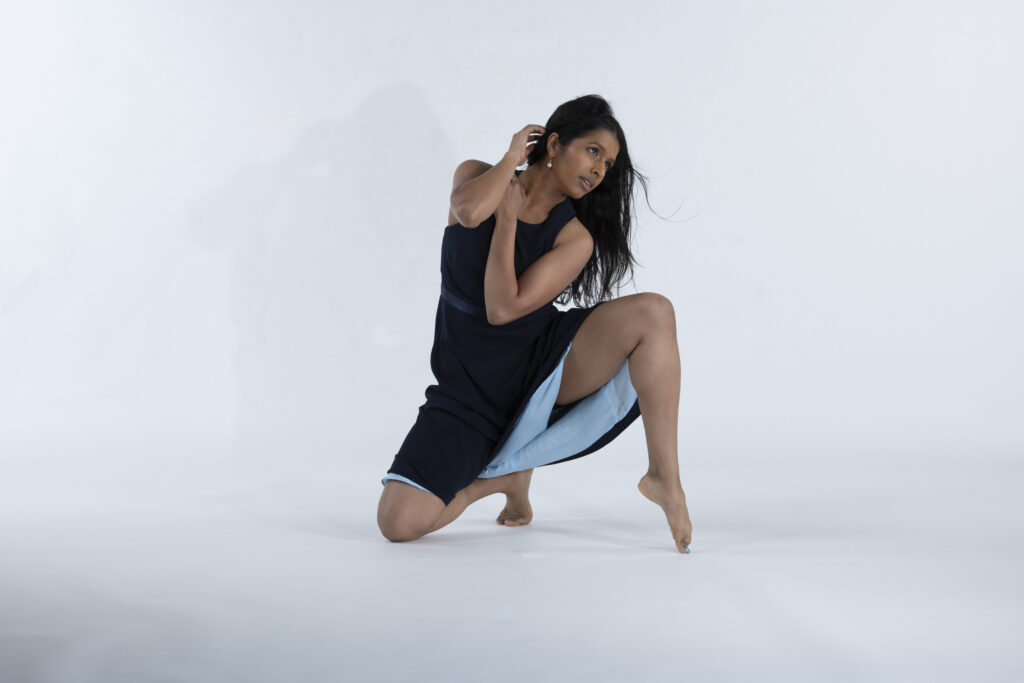
Prabakaran.
Intersections and Influences
Students often bring concepts and ideas from other areas of study to their choreography, says Nancy Lushington, associate professor and chair of the dance department at Marymount Manhattan College, which encourages additional majors and minors. And dance and other fields can end up overlapping and informing students’ experiences in unexpected ways.
Maurice Ivy joked with friends that “I majored in extracurriculars, and I minored in everything else.” In reality, he graduated from Duke University in 2016 with a major in global cultural studies, a minor in dance, and a certificate in film, all while performing and choreographing with a multicultural dance group, interning at the American Dance Festival, and more.
Dance gave him an identity on campus. His goal was always to dance professionally after school, but he found he thrived in interdisciplinary spaces, and began thinking about dance more expansively. “My classes started to inform my choreography,” he says, and the content and themes he wanted to explore. One solo he made drew on an Indian cinema course, The Autobiography of Malcolm X, and other influences. “It all started bleeding together,” he says, and “felt like one major instead of three different little things.”
Though her two majors at first felt disparate and disconnected, Prabakaran found that the tactical approach she honed for computer science projects helped her bring her choreographic visions to life. On the flip side, the diverse perspectives and critical lens she got from dance and performance studies made her a more effective, ethical, and empathetic technologist.
When Mallin had science-related breakthroughs, it was often right after modern class. The movement, she says, “would allow for some memory processing or reorganization or restructuring of my biology principles that I was learning, or a question I was working on in the lab.” Her dual degree helped dispel false assumptions about the type of work that requires creativity versus the type of work that requires logic and order. And two interdisciplinary projects she was involved in—using dance to explore climate change and autonomous vehicles—helped her realize that dance is a powerful way to communicate about science.
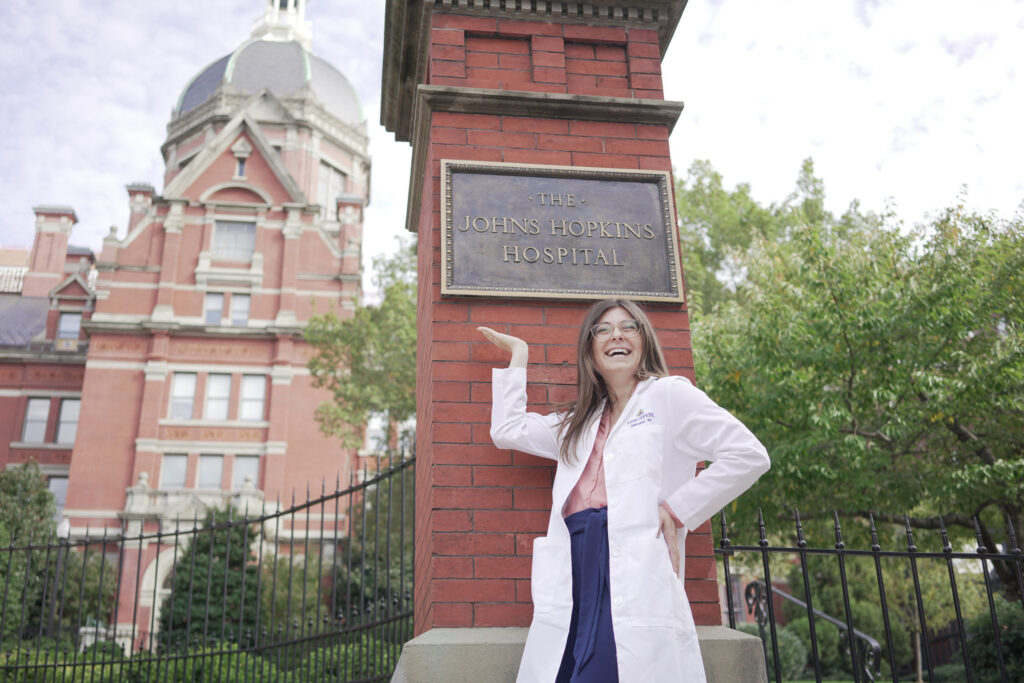
Postgrad
Students who choose a mix of majors and minors become alums poised to navigate careers that combine multiple interests and skill sets. They “tend to have a different engagement with what they’re studying,” Lushington says, and it “makes them more hireable in whatever field they end up going into, makes their choices broader, just opens their eyes.”
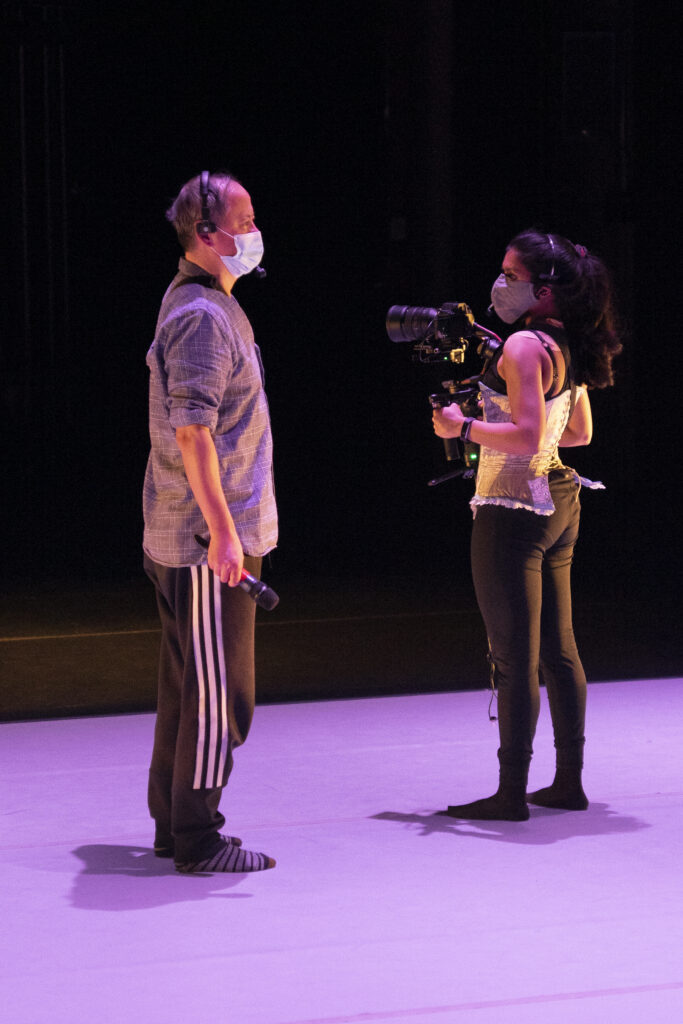
They might dance professionally first, like Ramsey, who is currently with a ballet company in Saarbrücken, Germany, but eyeing grad school in the future. Or mix performance with administration and production, like Ivy, who earned a master’s in live-experience design after undergrad. He works as a programming associate at Harlem Stage, is a part-time video jockey, and has danced with Seán Curran Company and in Hypnotique at The McKittrick Hotel.
Maybe they’ll continue down an academic path while taking class recreationally, like Mallin, a PhD candidate doing cancer research at Johns Hopkins. She collaborated with a psychiatrist filmmaker on Facing Shadows, a dance film about depression, and hopes to continue developing dance as a means of scientific communication. (You can bet she’ll submit to the Dance Your Ph.D. contest.)
Or they might infuse dance into their day-to-day work, like Carponter-Walker, now the director of equity and community life at The Hewitt School. She hopes to use music, dance, and culture to educate students about diversity, equity, inclusion, and belonging, and has coached student dance teams, all while dancing herself with choreographers including Fredrick Earl Mosley.
As all of these artists have realized, even postgrad, it still doesn’t have to be either/or. “The way my brain works, I really need both,” says Prabakaran, a technical product manager by day who’s danced and choreographed on the side since graduating in 2021, including assisting with a UC Berkeley project probing the intersections between choreography and technology. “I have to scratch the itch in both ways to be happy.”
